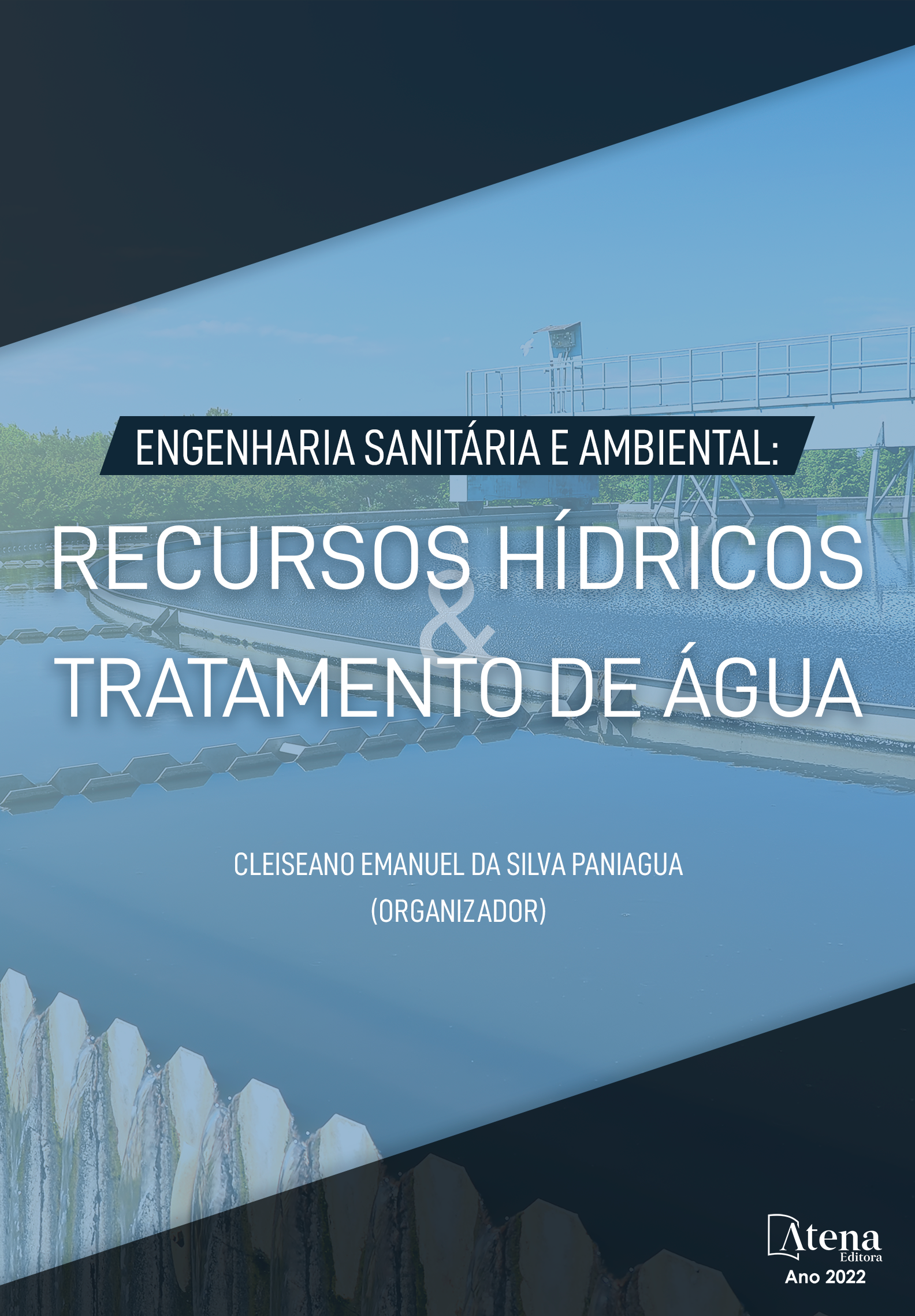
A RELAÇÃO ENTRE A FONTE E POTABILIDADE DA ÁGUA DAS ESCOLAS, A SAÚDE E O DESENVOLVIMENTO ESCOLAR DE ESTUDANTES DE 13 A 17 ANOS NAS UNIDADES FEDERATIVAS E NAS GRANDES REGIÕES BRASILEIRAS
O consumo de água não tratada ou de baixa qualidade pode vir a causar doenças ao ser humano, sendo prejudicial à saúde e interferindo no desenvolvimento escolar. Partindo desse pressuposto, o presente estudo teve como objetivo levantar os dados de potabilidade, da fonte de água das escolas, o estado de saúde e o índice de desenvolvimento da educação de estudantes de 13 a 17 anos no ano de 2019, nas Unidades Federativas e nas Grandes Regiões Brasileiras, para saber como anda a qualidade da água das escolas desses estudantes, a saúde e o desenvolvimento escolar dos mesmos. Para isso, foram utilizados dados do IBGE (Instituto Brasileiro de Geografia e Estatística) e do Inep (Instituto Nacional de Estudos e Pesquisas Educacionais Anísio Teixeira) do ano de 2019 para gerar mapas que representam o percentual de estudantes de 13 a 17 anos em escolas que informaram possuir água potável, em escolas segundo a sua fonte de abastecimento de água, em escolas cuja água foi testada quanto a sua potabilidade nos 12 meses anteriores à pesquisa do IBGE, por autoavaliação do estado de saúde e pela pontuação no Ideb (Índice de Desenvolvimento da Educação Básica). Como resultado foi possível observar que os estudantes de 13 a 17 anos em escolas com baixa potabilidade da água, apresentaram um estado de saúde que variou de regular a ruim ou muito ruim, apresentando também um baixo desenvolvimento escolar. Os piores resultados encontrados foram nas Regiões Norte e Nordeste do Brasil e nas Unidades Federativas do Amapá e Pará.
A RELAÇÃO ENTRE A FONTE E POTABILIDADE DA ÁGUA DAS ESCOLAS, A SAÚDE E O DESENVOLVIMENTO ESCOLAR DE ESTUDANTES DE 13 A 17 ANOS NAS UNIDADES FEDERATIVAS E NAS GRANDES REGIÕES BRASILEIRAS
-
DOI: 10.22533/at.ed.9952213066
-
Palavras-chave: Saneamento na escola, Potabilidade da água, Saúde do escolar.
-
Keywords: Sanitation at school, Water potability, School health.
-
Abstract:
The consumption of untreated or low quality water can cause diseases to human beings, being harmful to health and interfering with school development. Based on this assumption, the present study aimed to collect data on potability, water source of schools, health status and the education development index of students aged 13 to 17 years in 2019, in the Federative Units and in the Major Brazilian Regions, to find out how the water quality of these students' schools is doing, their health and school development. For this, data from IBGE (Brazilian Institute of Geography and Statistics) and Inep (National Institute of Educational Studies and Research Anísio Teixeira) for the year 2019 were used to generate maps that represent the percentage of students aged 13 to 17 in schools who reported having potable water, in schools according to their water supply source, in schools whose water was tested for potability in the 12 months prior to the IBGE survey, by self-assessment of their health status and by the score on the IDEB (Index of Development of Basic Education). As a result, it was possible to observe that students from 13 to 17 years old in schools with low potability of water, presented a health status that varied from regular to bad or very bad, also presenting a low school development. The worst results were found in the North and Northeast regions of Brazil and in the Federative Units of Amapá and Pará.
-
Número de páginas: 19
- Lívia Pita Corrêa


